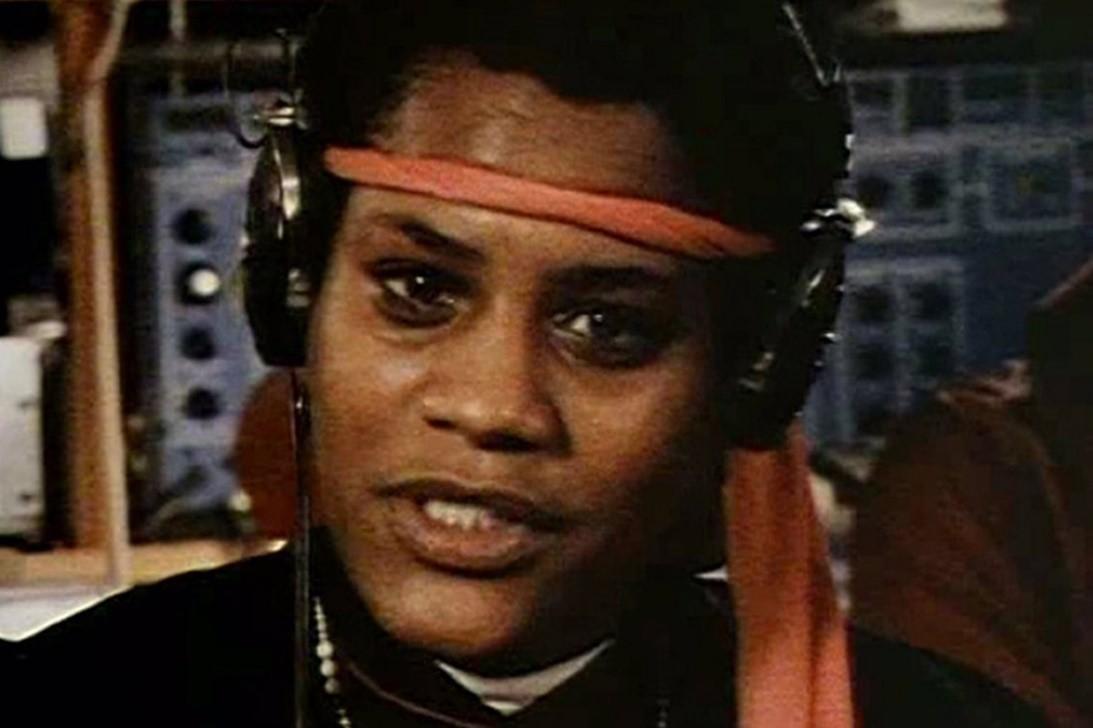
Still from Jen Liu, Pink Slime Caesar Shift, 2018. © Jen Liu

Sometimes history feels like it just can’t stop repeating itself. And then in a moment, something unlocks, and we step into a future we’ve only imagined. I’m finding myself thinking about this contrast, as we prepare to host the second annual Women Filmmakers Festival at SAAM, March 6-7, 2020.
The festival this year is thematically inspired by the 100th anniversary of women’s suffrage in the United States. Before passage of the 19th Amendment, the idea of women voting and participating in politics posed a great challenge to the social order. Until the Amendment’s ratification in 1920, it took radical leaps of imagination to envision what a new order might look like. Yet, those fighting persevered. Despite the fact that women’s voting rights had been denied since the nation’s founding, they believed each day could be the day when the barriers were broken.
I think some of us have had similar hopes for the Academy Awards. Each year, they are critiqued with growing fervor for their denial of the outstanding achievements of women working behind the camera. Given all the female directors who should have been contenders—as attested to by Natalie Portman’s protest-cape—this could have been the year the Academy's terrible track record ended and a new era begun. It wasn’t, as once again not a single woman was nominated for Best Director. But it could still happen next year, or perhaps the year after that. Until then, this award season was just one more small reminder that we must keep imagining and fighting for a world in which creators of all gender expressions get equal mentorship, support, opportunity, attention and accolades, because we are not there yet.
Which is why it is crucial to have platforms for work not championed by the Hollywood model—films made from diverse perspectives, but also with other goals in mind. The 2020 Women Filmmakers Festival highlights projects that offer nuanced thought-experiments about the relationship between past, present and possible futures, futures that we will all share but will not experience equally.
One film I knew had to be part of this program was the unforgettable Born in Flames (R, 1983) by Lizzie Borden. Recently restored by Anthology Film Archives, and rediscovered by a new generation, this punk feminist manifesto shows a future that never happened. Set in 1980s New York a decade after a social democratic revolution reshaped America, we see that some things never change—women’s lives are still impacted by sexism, racism, homophobia and class divides. Playing out the possibilities of resistance, Borden imagines the inner workings of an intersectional “women’s army” as well as all the complex dynamics its repression would spark. (Fun fact: the only woman to ever win a Best Director Oscar, Kathryn Bigelow, plays a women’s army convert in the film.) I’m thrilled Borden will be joining me on Saturday, March 7, at 4:30 p.m. for a screening and discussion of the film and how it still resonates today.
I also saw this as an opportunity to bring some of my favorite video art and artists to DC, as so much recent screen-work engages the speculative, almost-here tomorrow. In very different ways, artists Carey Young and Meriem Bennani use documentary footage to show how little needs to change for our current reality to give us a glimpse of an alternate future. In her 2017 video Palais de Justice, Young carefully edits footage, surreptitiously captured from inside a neoclassical Belgium courthouse, to create the illusion of a justice system entirely dominated by female judges and lawyers. Bennani’s Party on the CAPS (2018-19) layers animations and voice-overs to recast friends and family in Morocco as the digitally destabilized residents of an island-refugee camp for migrants caught mid-teleportation.
In a different mode, Jen Liu’s video Pink Slime Caesar Shift (2018) proposes wildly imaginative, yet technically feasible, solutions to baffingly complex problems. In dizzying colorful compositions, Liu wonders whether new advances in DNA printing and factory-grown meat might be turned against the machine, allowing women workers in China’s Free Trade Zones to spread organizing material like a bacteria and combat wide-spread environmental and health abuses. Should such environmental abuse continue unabated, Wangechi Mutu’s End of eating Everything, gives us a glimpse of where this leads. Featuring pop star Santigold in a parable of insatiable consumption, this animated video’s abrupt, unresolved conclusion has haunted me since it debuted in 2013, and its message has only gotten more urgent with time.
Finally, the Festival has expanded this year to include a kick-off screening at Eaton DC on Friday, March 6 from 7 to 9 p.m. Featuring artists from DC, Baltimore and Philadelphia, the selected works meditate on women’s relation to power and empowerment in past, present and future conditions. Co-organized with Eaton DC’s curator Sheldon Scott, this was a chance to connect creative communities in our region, artists working nationally and internationally, and audiences in DC and beyond. Together, I hope the weekend sparks productive conversations about what histories get repeated, what needs to change, which tomorrow we will wake up in, and how women’s voices and visions play a part in that.
Women Filmmakers Festival at SAAM is supported by the Smithsonian American Women’s History Initiative. The Initiative is inclusive, highlighting the stories of those who identify as women and those who were designated female but self-identify differently. Additional in-kind support provided by Eaton DC.



















